Invasive privet with berries
Image credit: Western New York PRISM
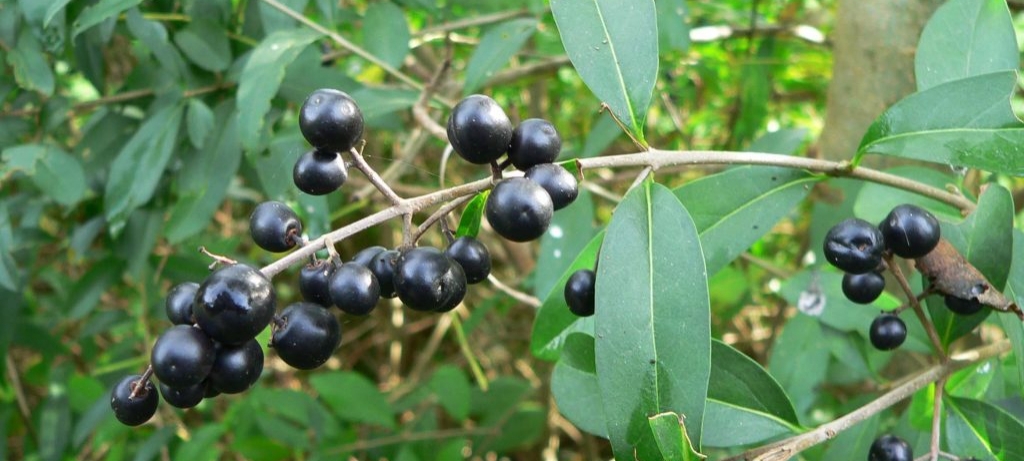
Invasive privet with berries
Image credit: Western New York PRISM
The Privet family includes multiple species, cultivars, and hybrids of privets that are often planted ornamentally but have a tendency to escape into natural habitats. KISMA focuses mainly on the border privet (Ligustrum obtusifolium), amur privet (Ligustrum amurense), and hybrids of the two. Common identifying characteristics include:
Note: Differentiating between privet species can be challenging especially due to the likelihood of hybridization.
For more identification tips, or to differentiate between privet species, visit Woody Invasives of the Great Lakes (WIGL) Collaborative and Midwest Invasive Plant Network (MIPN)and search for privets.
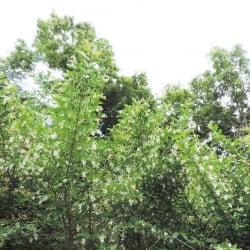
Invasive privet shrub with flowers
Image credit: Richard Gardner
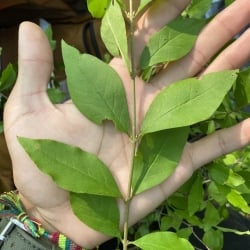
Opposite leaves of privet
Image credit: August Camp
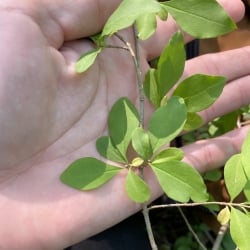
Privet lower branch leaf structure
Image credit: August Camp
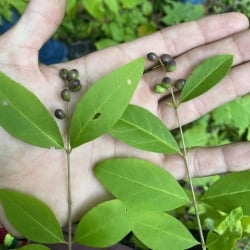
Privet leaves with unripened berries
Image credit: August Camp
Invasive privets are capable of escaping gardens and establishing thick understory thickets in natural areas, making them a KISMA species of concern. An early infestation of invasive privet on the Tech Trails was identified and removed by KISMA in 2021. Although now removed, there are likely satellite populations elsewhere. Report any instances of invasive privets found in natural habitats to KISMA, as we are currently keeping an eye out for more occurrences of this species.